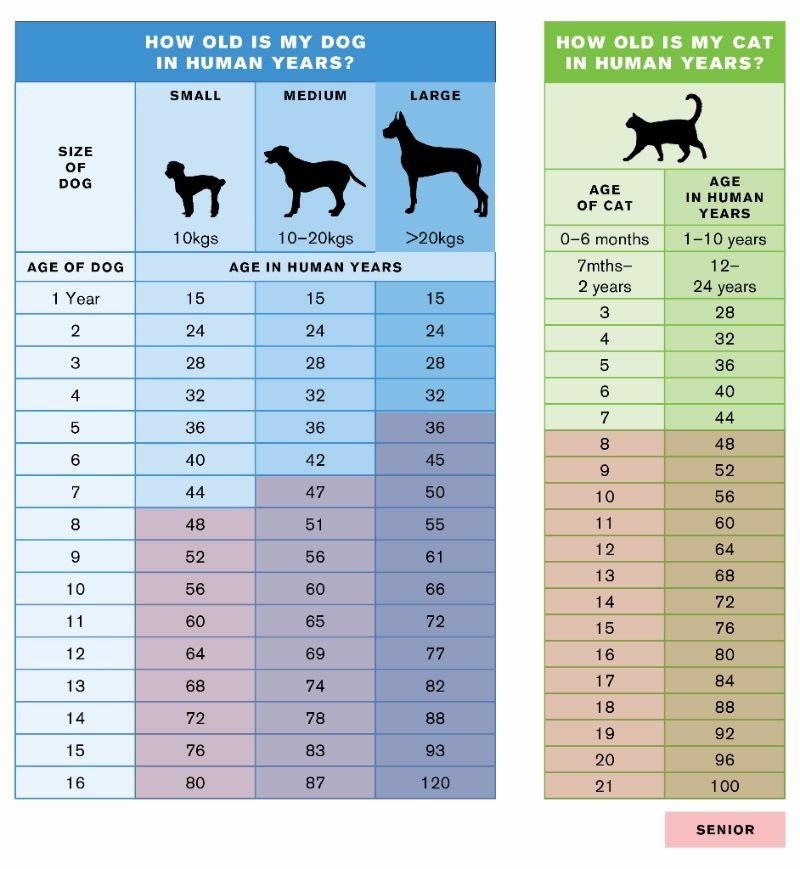Converting dog years to human years is a common practice among pet owners who want to understand their furry friend’s age in a more relatable way. However, the traditional method of simply multiplying a dog’s age by seven is outdated and oversimplified. This comprehensive guide will help you understand the factors influencing the conversion of dog years to human years, providing a more accurate and nuanced approach.
Key Takeaways
- The traditional “multiply by seven” method is outdated and inaccurate.
- Dog age conversion depends on breed, size, and developmental stage.
- Modern methods involve more complex calculations for a precise conversion.
- Understanding your dog’s age helps in providing better care and anticipating health needs.
Why the Traditional Method is Inaccurate
The old rule of thumb—multiplying a dog’s age by seven to get its human age equivalent—is based on an oversimplified view of canine aging. Dogs mature much faster than humans in their early years, and the rate of aging varies significantly depending on the breed and size of the dog. Therefore, a more nuanced approach is necessary for accurate age conversion.
The Science Behind Dog Aging
Dogs age at different rates throughout their lives. The first year of a dog’s life is equivalent to about 15 human years due to rapid growth and development. The second year corresponds to about nine human years. After that, each dog year equates to roughly five human years, but this can vary depending on the dog’s breed and size.

Factors Influencing Dog Age Conversion
Several factors affect how dog years convert to human years:
Breed
Different breeds age at different rates. Smaller breeds like Chihuahuas tend to live longer and age more slowly, while larger breeds like Great Danes have shorter lifespans and age more quickly. This means that a two-year-old Chihuahua is relatively younger in “human years” compared to a two-year-old Great Dane.
Size
Size is another critical factor. Generally, smaller dogs live longer than larger dogs. Therefore, a small dog will age more slowly in human years compared to a large dog. For example, a 10-year-old small dog might be considered 56 in human years, while a large dog of the same age might be considered 66.
Developmental Stages
Dogs go through different developmental stages just like humans. Understanding these stages helps in making a more accurate age conversion:
- Puppyhood (0-1 year): Rapid growth and development, equivalent to 15 human years.
- Adolescence (1-2 years): Continued growth and maturity, equivalent to 9 human years.
- Adulthood (2-7 years): Steady aging, roughly 5 human years per dog year.
- Senior (7+ years): Aging accelerates, varying by breed and size.
Modern Methods for Converting Dog Years to Human Years
Modern methods for converting dog years to human years involve more complex calculations that take into account the breed, size, and developmental stage of the dog. Here are some of the most reliable methods:
Veterinary Guidelines

Veterinarians often use breed-specific charts to determine a dog’s age in human years. These charts consider the average lifespan and developmental stages of various breeds, providing a more accurate conversion.
Scientific Formulas
Recent scientific studies have proposed formulas for converting dog years to human years. One popular formula is:
Human Age = 16 * ln(Dog Age) + 31
In this formula, “ln” represents the natural logarithm. This method provides a more precise conversion, especially for middle-aged and senior dogs.
Online Calculators

Several online calculators can convert dog years to human years based on breed, size, and age. These tools use complex algorithms to provide accurate results, making it easier for pet owners to understand their dog’s age in human terms.
Practical Applications of Understanding Dog Age
Knowing your dog’s age in human years has several practical benefits:
Health and Wellness
Understanding your dog’s age helps in anticipating health issues and providing appropriate care. For example, senior dogs may require special diets, more frequent veterinary check-ups, and adjustments in exercise routines.
Behavioral Expectations
Knowing your dog’s developmental stage can help manage behavioral expectations. Puppies and adolescents may be more energetic and require more training, while senior dogs may need more rest and a comfortable living environment.
Bonding and Interaction
Understanding your dog’s age can enhance your bond and interaction. Knowing that your dog is in its senior years might encourage you to spend more quality time together, cherishing the moments you have.
Converting dog years to human years is more complex than the traditional “multiply by seven” rule. By considering factors like breed, size, and developmental stages, you can achieve a more accurate understanding of your dog’s age. This knowledge helps in providing better care, anticipating health needs, and strengthening your bond with your furry friend.
By using modern methods and tools, you can ensure that your dog enjoys a healthy and happy life, no matter its age. Understanding dog years to human years is not just about numbers; it’s about enhancing the quality of life for your beloved pet.
